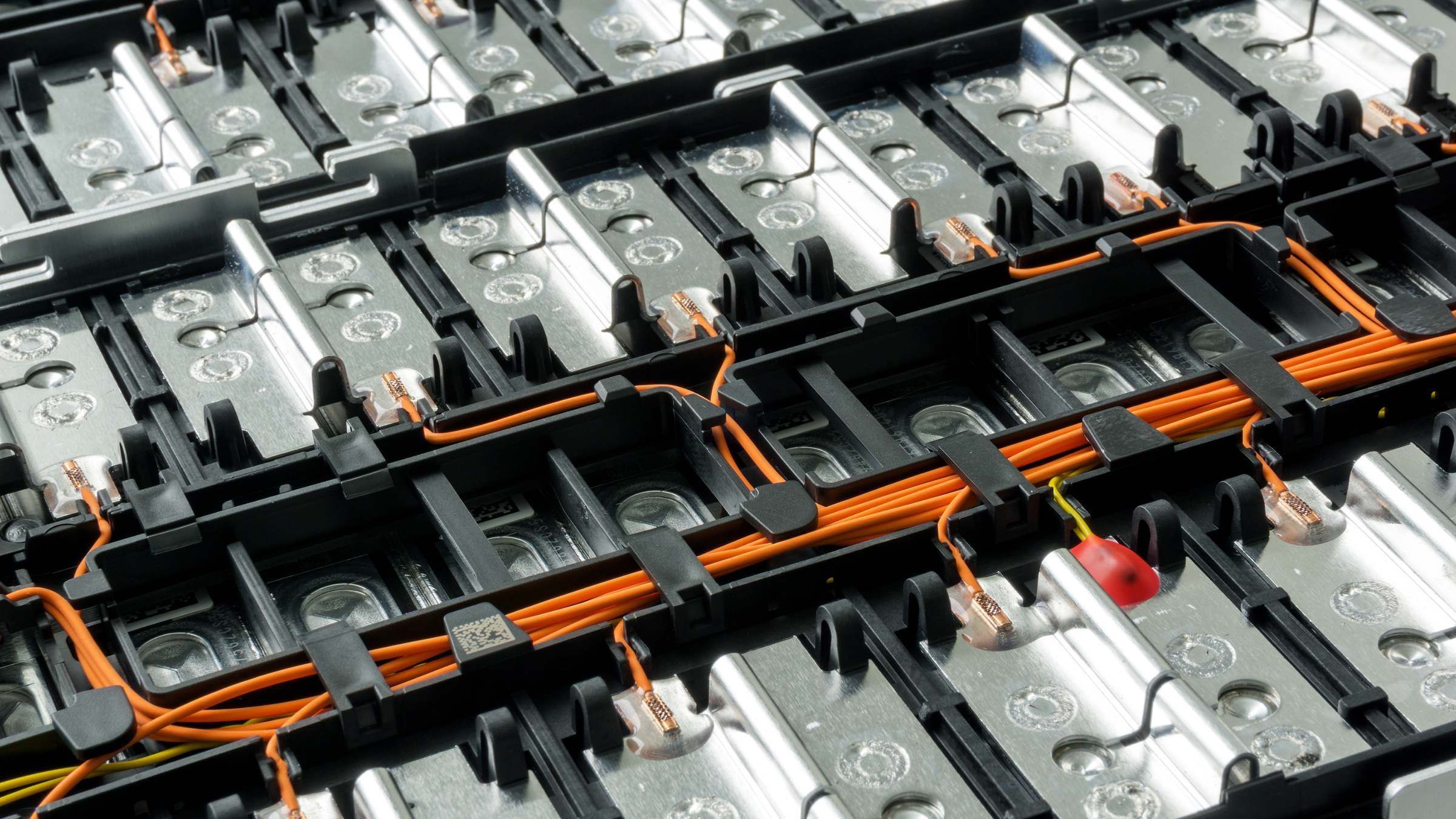Can Europe’s EV battery sector make a competitive comeback?

Europe’s EV battery sector continues to face significant challenges in scaling up production and driving innovation, exposing structural weaknesses that put the EU’s green mobility ambitions at risk.
Efforts to boost European battery production have so far fallen short of restoring EU competitiveness. “Battery production is a highly complex process in which it is particularly challenging to regain a competitive position that has been lost,” according to a new policy paper from the European Policy Centre (EPC).
Global capacity reached 2.5 TWh in 2023—25% higher than the previous year and driven primarily by Chinese dominance in the sector. With cheaper, mass-produced batteries and tight control over critical raw materials resulting from their first-mover advantage, China continues to outpace Europe at every step of the value chain.
Batteries are central to the green transition, and replacing internal combustion engines with electric motors is essential to decarbonising road transport. Battery- electric vehicles (BEVs) are significantly more energy-efficient and remain a key lever for reducing emissions. Yet battery packs still account for a large share of total vehicle cost, making competitiveness in this sector vital.
To respond to these challenges, the policy paper puts forward four priority actions:
- Streamline regulation and funding to speed up industrial scale-up;
- Reduce strategic dependencies on critical materials through more innovative supply chain design;
- Strengthen EU-based recycling capacity; and
- Invest ambitiously in next-generation battery technologies. Without urgent and coordinated action, Europe risks falling irreversibly behind in a sector that is simply too strategic to lose.
You can consult the EPC paper here: https://www.epc.eu/en/Publications/The-art-of-turning-the-corner-Towards-a-competitive-comeback-for-Euro~63b370.
Europe’s EV battery sector continues to face significant challenges in scaling up production and driving innovation, exposing structural weaknesses that put the EU’s green mobility ambitions at risk.

